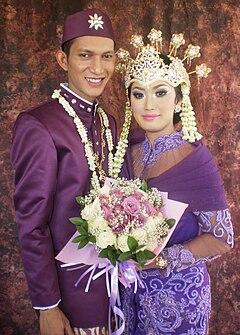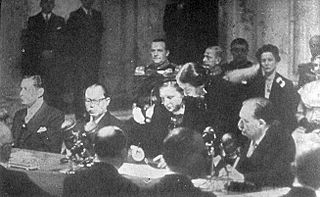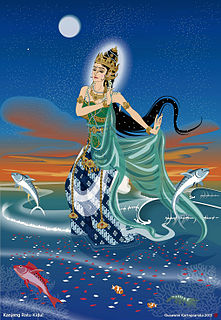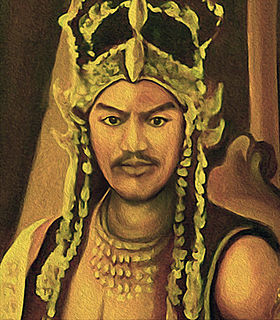Pantun Sunda is a type of Sundanese oral narrative performance interspersed with songs and music played on a kacapi , a kind of zither. A pantun is intended to be recited during an evening-length performance during which a single performer relates the story of a hero’s initiation: The protagonist leaves his kingdom in order to seek experiences, beautiful princesses to become his wife, power, other kingdoms to subject, the realization of a dream (Rosidi 1984a:143); after having succeeded in reaching his goal he finally returns to his kingdom. Alongside descriptions of historical events, the stories often contain mythical elements. Pantun were originally not written down, the bards often being illiterate and in many cases blind. Originally the performances had a sacred character, as was clear from the offerings made at the beginning of the recitation and also from the content of the introductory part of the story, called rajah, which was an invocatory song, imploring the help of divine figures to ward off bad influences. The linguistic form of the pantun was not strictly fixed, however the dominant form employed in most pantun is the octosyllabic verse. For a detailed description of the nature and form of a Sundanese pantun you are referred to Eringa (1949), to Hermansoemantri (1977–79). [1] :10

The Sundanese are an Austronesian ethnic group native to the western part of the Indonesian island of Java. They number approximately 40 million, and form Indonesia's second most populous ethnic group, after the neighboring Javanese. In their language, Sundanese, the Sundanese refer to themselves as Urang Sunda, while Orang Sunda or Suku Sunda is its Indonesian equivalent.
The kacapi is a zither-like Sundanese musical instrument played as the main accompanying instrument in the Tembang Sunda or Mamaos Cianjuran, kacapi suling genre, pantun stories recitation or an additional instrument in Gamelan Degung performance.
Contents
Currently there are few Pantun Sunda shows performed, due to a decline in popularity of the form following the widespread introduction of radio and television in households throughout West Java. [2] [3]

Radio is the technology of signalling or communicating using radio waves. Radio waves are electromagnetic waves of frequency between 30 hertz (Hz) and 300 gigahertz (GHz). They are generated by an electronic device called a transmitter connected to an antenna which radiates the waves, and received by a radio receiver connected to another antenna. Radio is very widely used in modern technology, in radio communication, radar, radio navigation, remote control, remote sensing and other applications. In radio communication, used in radio and television broadcasting, cell phones, two-way radios, wireless networking and satellite communication among numerous other uses, radio waves are used to carry information across space from a transmitter to a receiver, by modulating the radio signal in the transmitter. In radar, used to locate and track objects like aircraft, ships, spacecraft and missiles, a beam of radio waves emitted by a radar transmitter reflects off the target object, and the reflected waves reveal the object's location. In radio navigation systems such as GPS and VOR, a mobile receiver receives radio signals from navigational radio beacons whose position is known, and by precisely measuring the arrival time of the radio waves the receiver can calculate its position on Earth. In wireless remote control devices like drones, garage door openers, and keyless entry systems, radio signals transmitted from a controller device control the actions of a remote device.

Television (TV), sometimes shortened to tele or telly, is a telecommunication medium used for transmitting moving images in monochrome, or in color, and in two or three dimensions and sound. The term can refer to a television set, a television program, or the medium of television transmission. Television is a mass medium for advertising, entertainment and news.

West Java is a province of Indonesia. It is located in the western part of the island of Java and its capital and largest urban center is Bandung, although much of its population in the northwest corner of the province live in areas suburban to the larger urban area of Jakarta, though that city itself lies outside the administrative province. With a population of 46.3 million West Java is the most populous of Indonesia's provinces.












